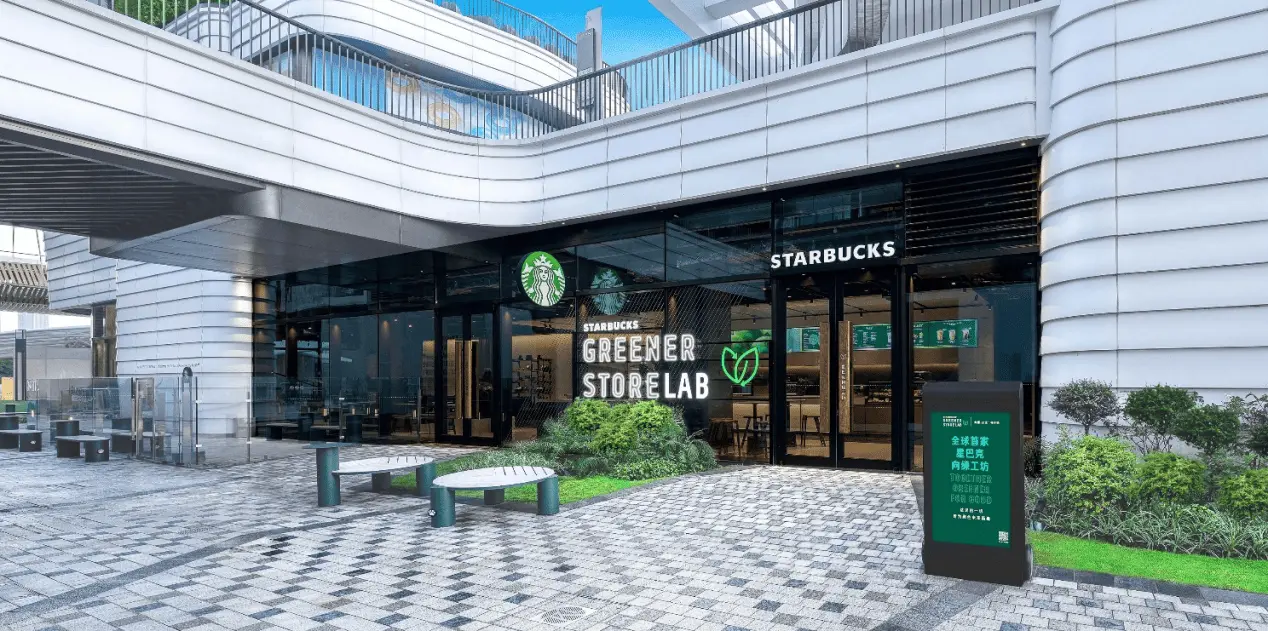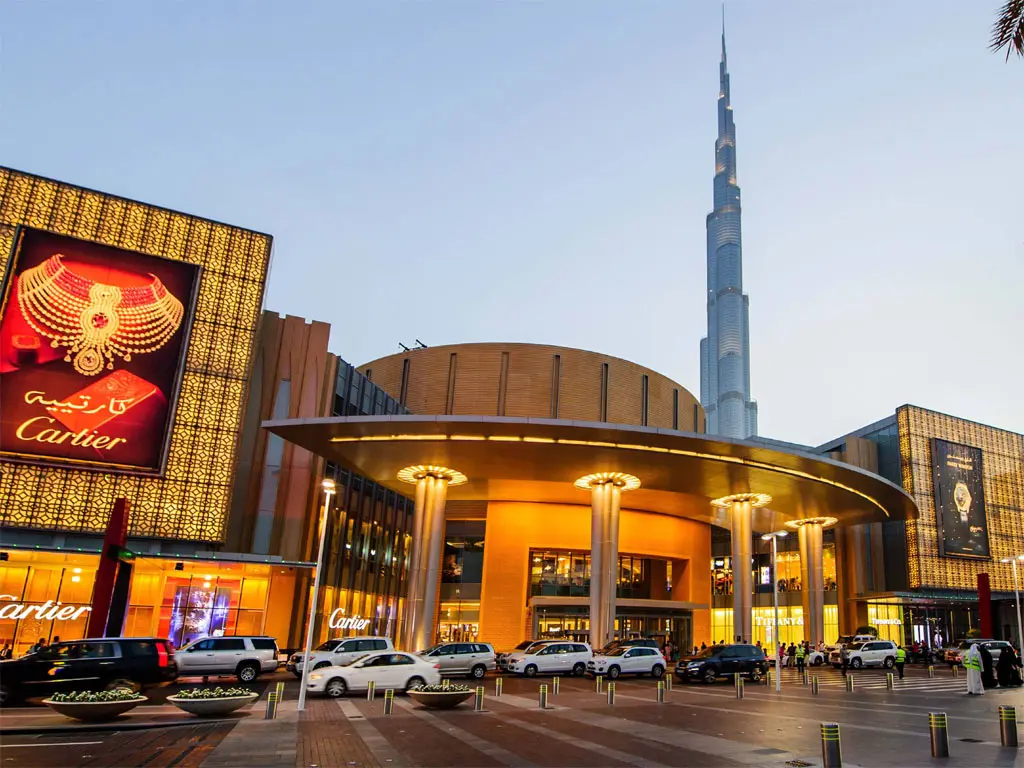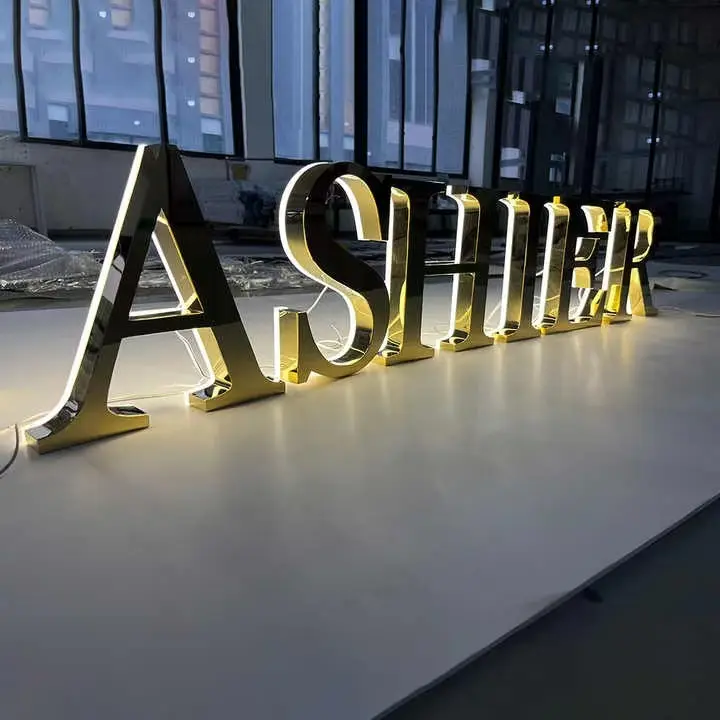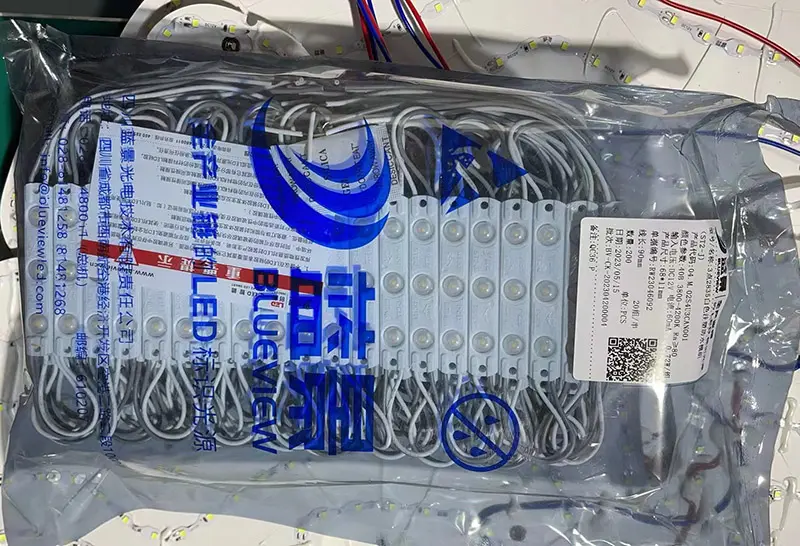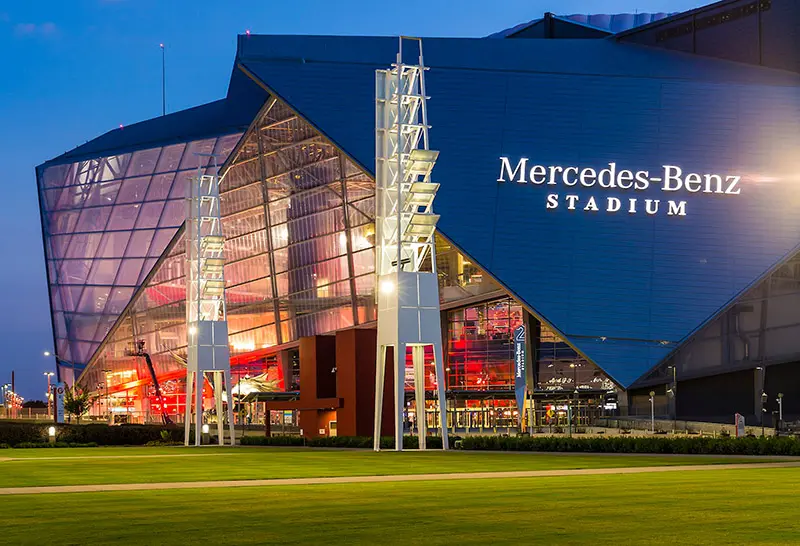Acrylic Signs vs Metal Signs: The Ultimate Guide to Choosing Materials for Commercial Spaces
In commercial scenarios such as shopping malls, office buildings, and exhibition halls, signage directly affects user experience and brand image. Acrylic signage and metal signage are the two mainstream choices, which often make decision makers entangled. This article will help you accurately match materials and scene requirements through six-dimensional comparisons.
Material characteristics and commercial value analysis
-
Three core advantages of acrylic signage
As a lightweight signage solution, acrylic signage has become a popular choice for modern commercial spaces with the following characteristics:
High light transmittance:
92% light transmittance (data source: Plastics Industry Association) makes it the first choice for backlit signs, especially for scenes such as luxury store lighting walls and shopping mall atrium guide systems.
Freedom of shape:
The hot bending process can produce curved shapes with a radius of 10cm-3m, which can meet the personalized needs of art exhibition hall signs, children's space cartoon signs, etc.
Safety protection:
It complies with ISO 7010 safety standards, and the edges are rounded after breaking, which is suitable for hospitals, kindergartens and other places.
-
The irreplaceability of metal signboards
When the project needs to convey a sense of power and durability, metal signboards show unique value:
Tolerance to extreme environments:
304 stainless steel signboards can remain stable at a temperature difference of -40℃~120℃ (ASTM A480 standard verification), which is a rigid choice for outdoor building signboards and industrial parks.
High-end texture presentation:
brushed stainless steel, bronze plating and other processes perfectly match the business tone of financial institution headquarters and technology enterprise exhibition halls.
Full life cycle cost:
Although the initial investment is higher than that of acrylic signboards, the outdoor service life of more than 10 years significantly reduces the long-term maintenance cost.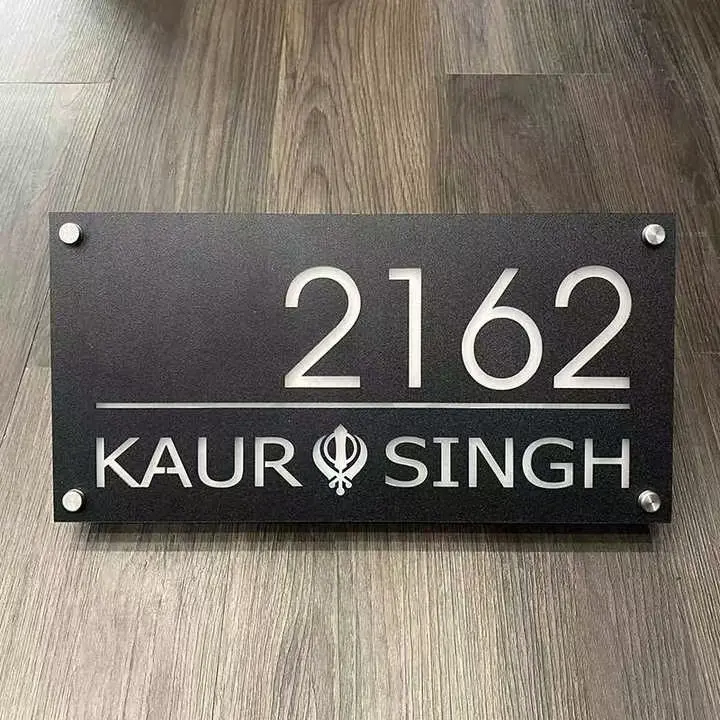
Analysis of the adaptation of six major commercial scenarios
-
Shopping center guide system (recommended first choice: acrylic signboard)
Advantage focus:
More than 90% of shopping centers use acrylic signboards as the dominant viewing system because of their excellent lighting integration ability. For example, the translucent floor sign hanging in the atrium can simultaneously convey information and create an atmosphere.
Limitations of metal signboards:
The reflective properties of metal materials are prone to glare with shopping mall spotlights, and it is only recommended to use them in small areas such as elevator button panels.
-
Building exterior wall LOGO signs (metal signboards are irreplaceable)
Wind tunnel tests have verified that stainless steel metal signboards with a thickness of ≥3mm can withstand 12-level strong winds, far exceeding the pressure limit of acrylic signboards.
Acrylic materials are prone to micro-cracks under long-term outdoor exposure and are only suitable for short-term building enclosure signs.
-
Temporary signs for pop-up stores (acrylic signboards are cost-effective)
Modular acrylic signboards support the installation and removal of a full set of signs within 48 hours, and the rental cost is 67% lower than that of metal signboards.
Metal signboards are only suitable for long-term pop-up projects of more than 3 months due to their heavy transportation weight and time-consuming installation.
-
Medical institution guide signs (acrylic signboards prioritize safety)
Acrylic corner anti-collision signboards that have passed ISO 7010 certification can reduce the risk of collision injuries to patients.
Metal signboards require additional rubber edging, which increases the overall cost by 40%, and cold-toned materials tend to increase the sense of oppression in the space.
-
Industrial-style themed space (metal signboards create hardcore aesthetics)
Metal signboards made of old rusted steel plates, rivet splicing, etc. are highly compatible with the cement walls and pipeline structures of industrial-style spaces.
The overly "delicate" texture of acrylic material will destroy the integrity of the rough style.
-
High-end brand image wall (dual-material mixed application becomes a trend)
Top luxury brands prefer the combination of "metal frame + acrylic luminous core":
Metal frame conveys a heavy sense of value
Acrylic backlight panel achieves dynamic visual impact
Single material solution has been gradually eliminated by the market
Comparison of key indicators of cost and maintenance
By comparing the commercial application data of acrylic signboards and metal signboards, we found:
Initial cost difference:
The overall cost of acrylic signboards is about 30%-40% lower, mainly saving in transportation (60% weight reduction) and installation (reducing steel structure support).
Metal signboards have cost-effective advantages in special scenarios that require bulletproof/riot protection (such as banks and jewelry stores).
Five-year maintenance cost calculation:
Outdoor acrylic signboards need UV coating maintenance every 2 years, and the cumulative cost can reach 45% of the initial cost.
Metal signboards can maintain performance through regular cleaning, and the maintenance cost accounts for less than 15%.
Practical suggestions for industry applications
Scenario 1: Office building sign system
Recommended metal sign + acrylic auxiliary sign combination: stainless steel three-dimensional sign is used on the building facade to ensure durability, and acrylic sign is used for lobby floor index to achieve dynamic lighting guidance.
Scenario 2: Chain retail space
It is recommended to choose modular acrylic sign: standardized size reduces mass production costs, and store promotion information can be quickly replaced.
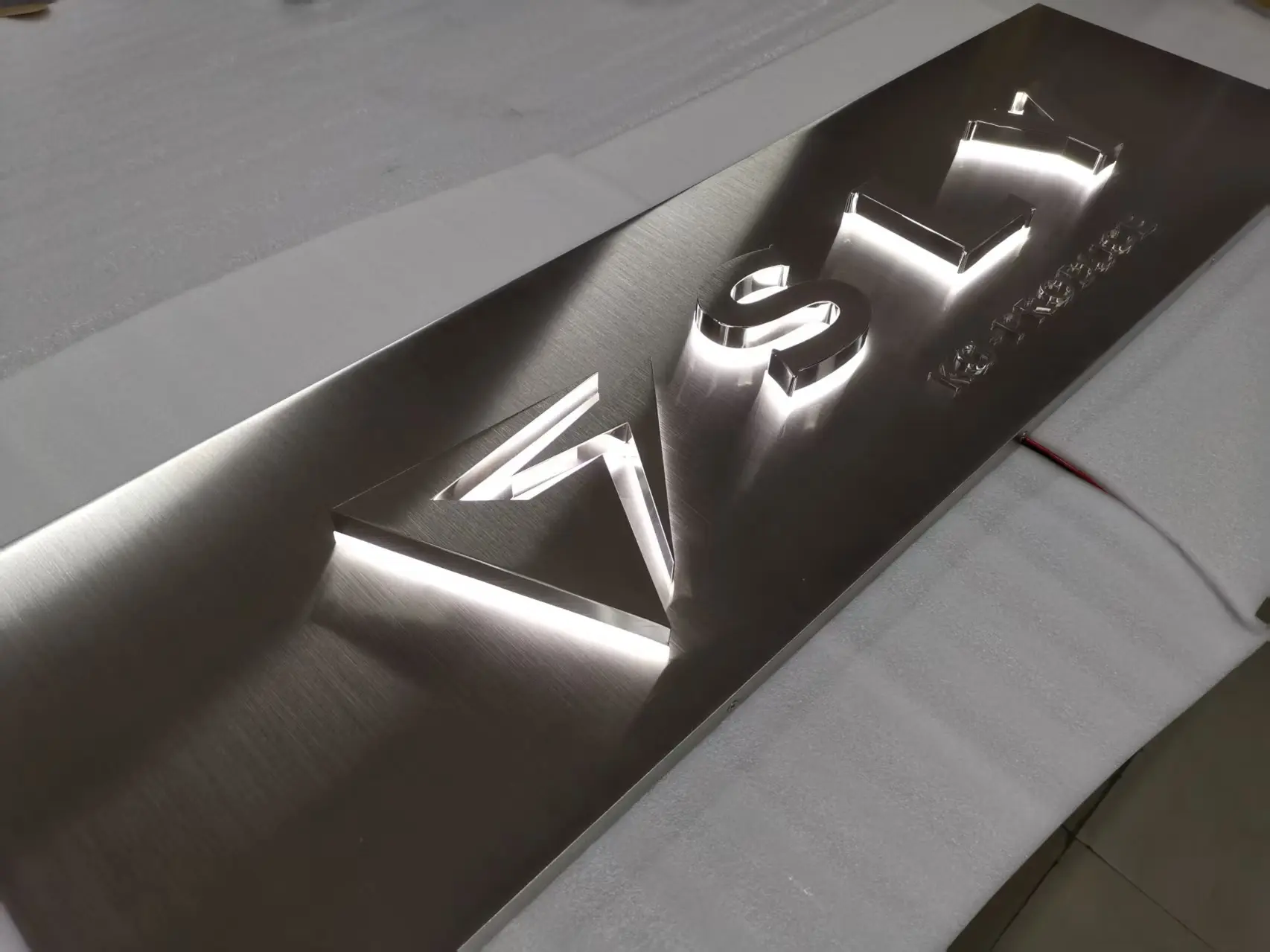
In-depth answers to common questions
Q: Can acrylic sign be used for outdoor canopy guidance signs?
A: It is necessary to select outdoor special acrylic board with a thickness of ≥8mm and add anti-ultraviolet coating treatment. It is recommended to check the sealing of the joints every 18 months.
Q: How to avoid reflective interference on metal sign?
A: It is preferred to use frosted anodized aluminum plate, or add matte etching texture on the stainless steel surface. The actual measurement can reduce the glare effect by more than 70%.
Q: Can the two types of materials be mixed?
A: Innovative cases show that the composite design of acrylic signboards and metal signboards is becoming a trend. For example:
Metal frame + acrylic information panel
Acrylic luminous base + metal three-dimensional letter combination
- Decision support tools
- Material selection self-check list
Daily average traffic volume > 5,000 people, metal signboards are preferred
Dynamic lighting effects are preferred for acrylic signboards
Budget cycle > 5 years, metal signboards are recommended
- Three steps to lock the best solution
STEP1 Take a real-life picture of the space and send it to the design team
STEP2 Get the 3D effect of the acrylic/metal dual solution
STEP3 Compare 10-year cost simulation report
If you have custom design needs,please feel free to contact us!
Contact us






